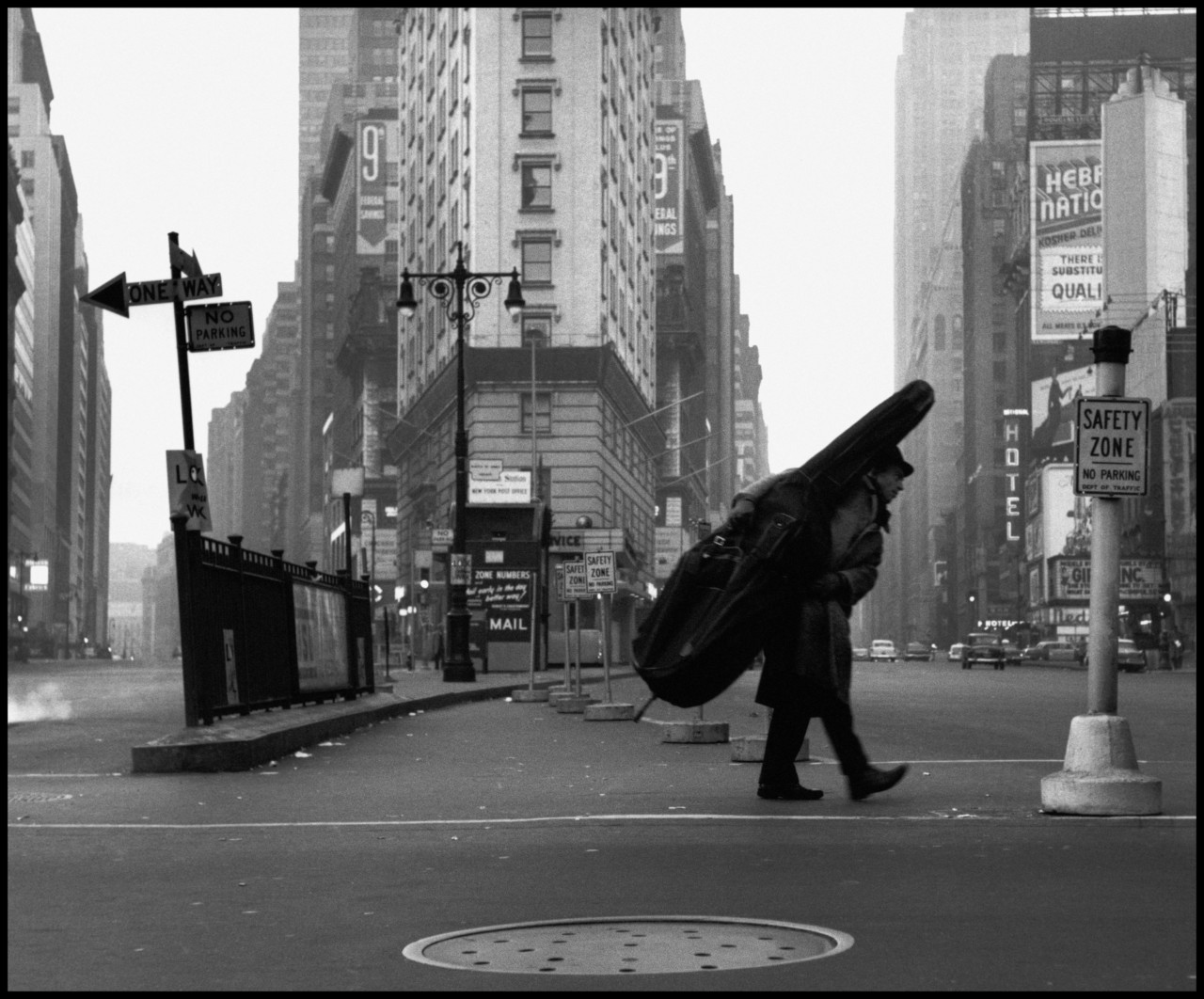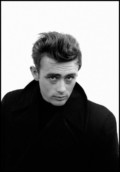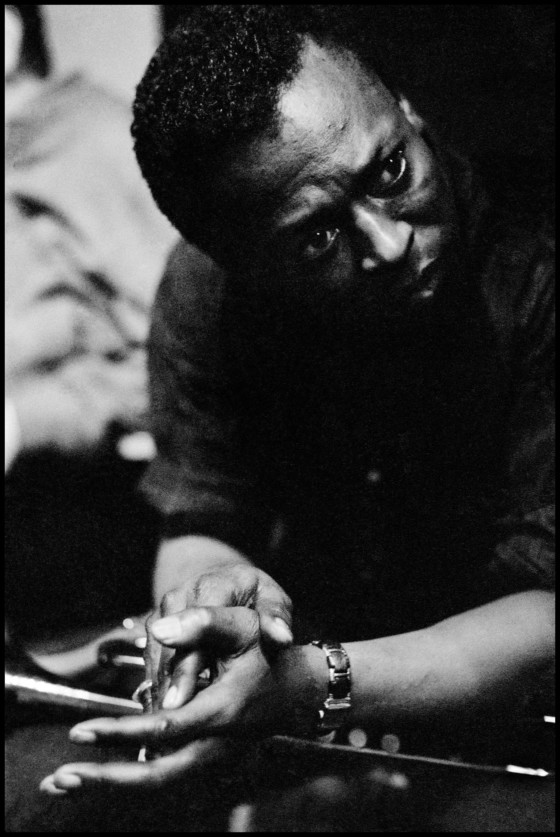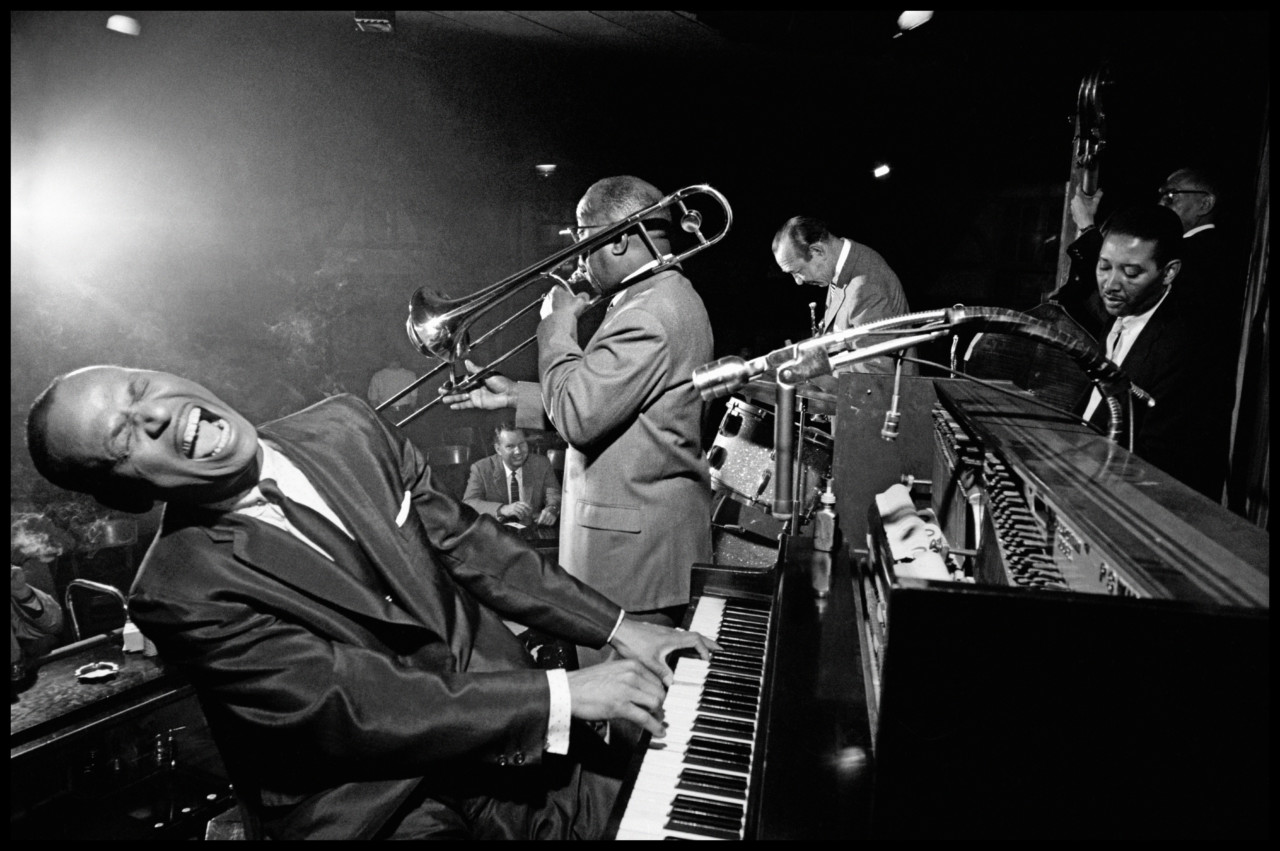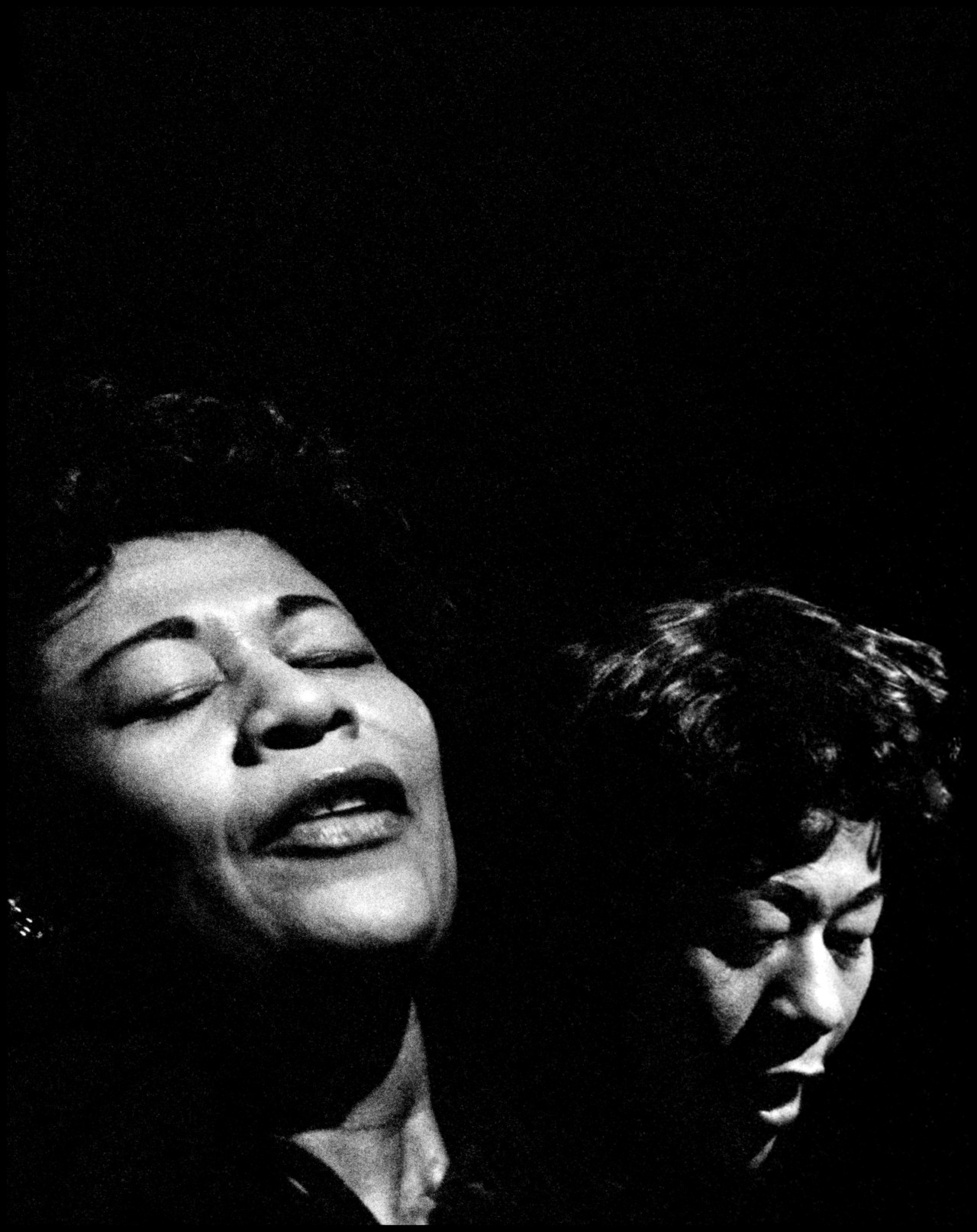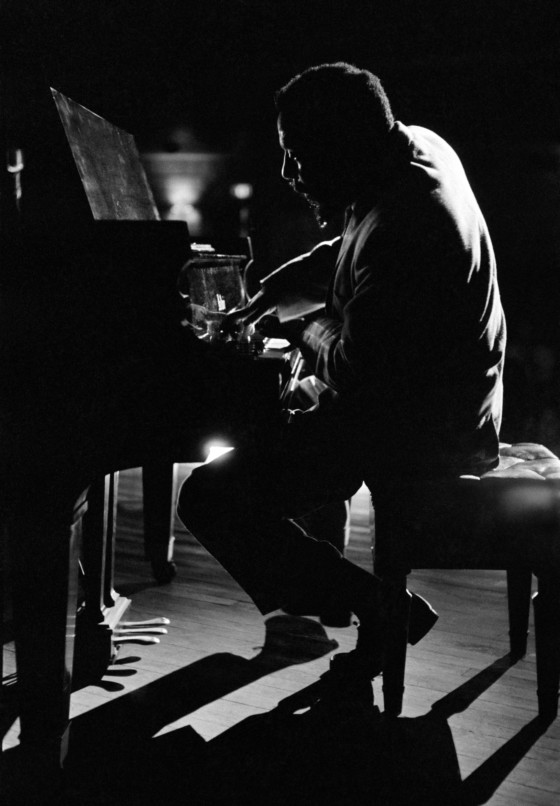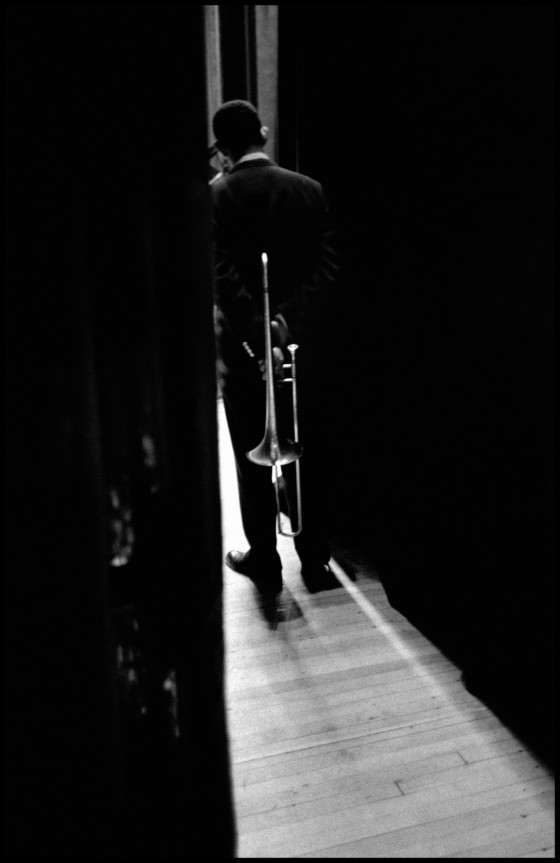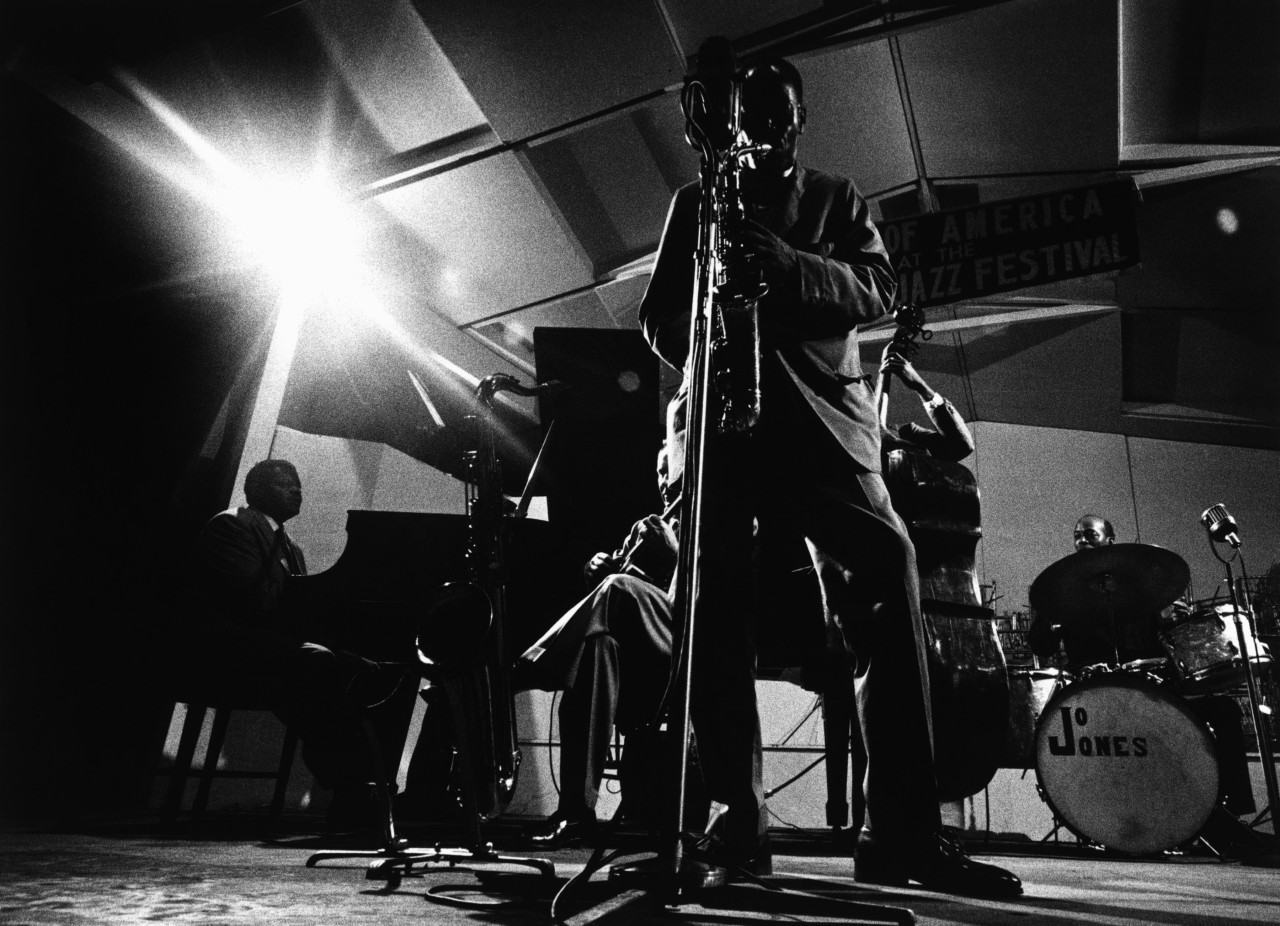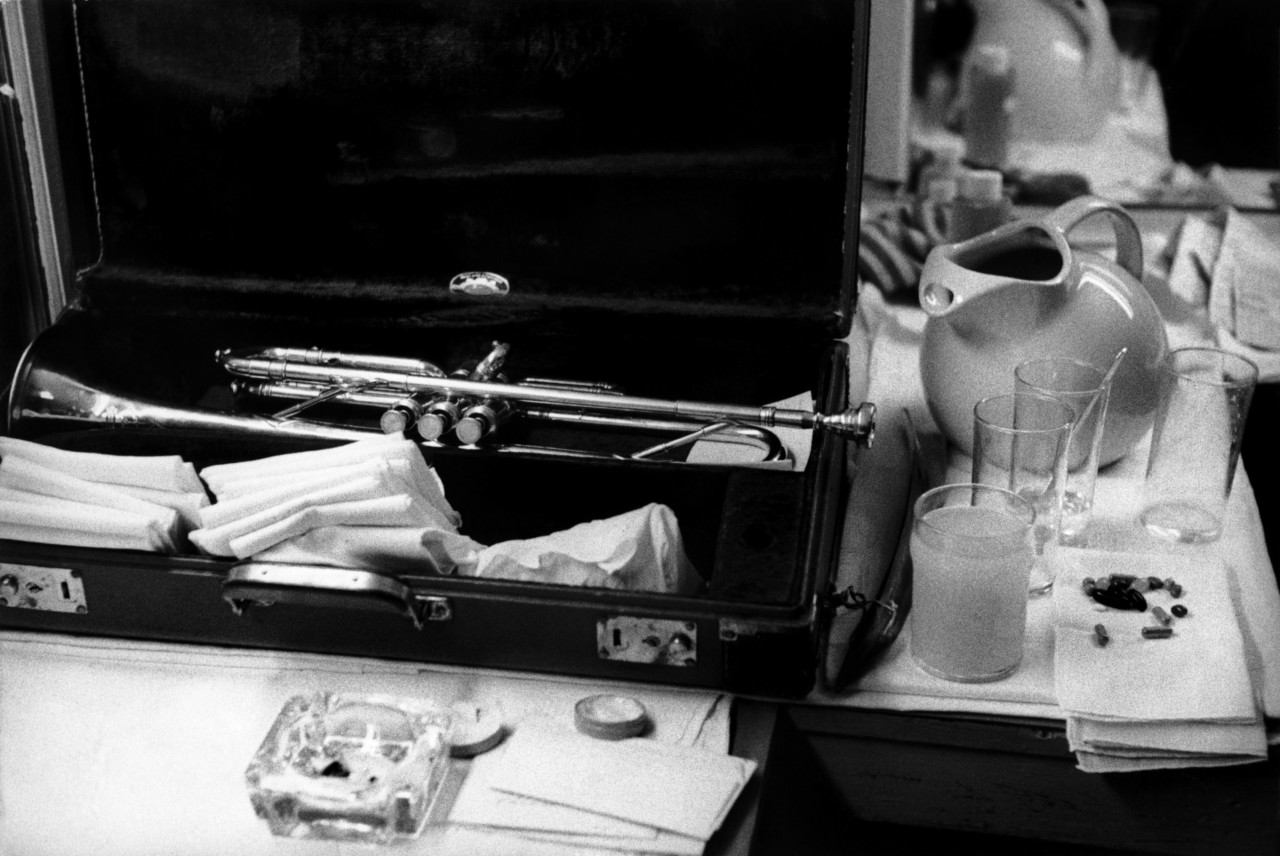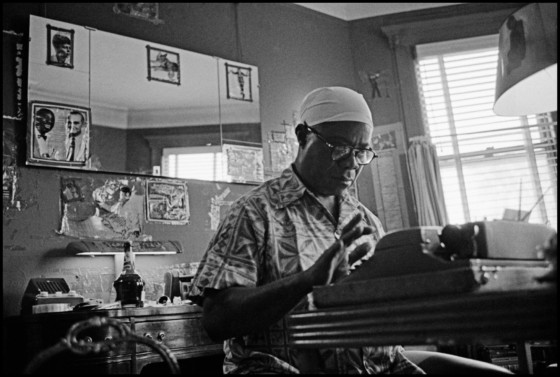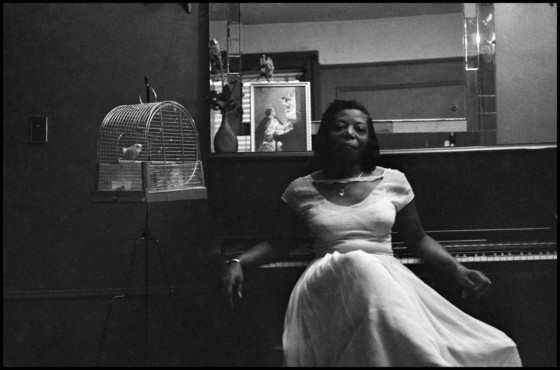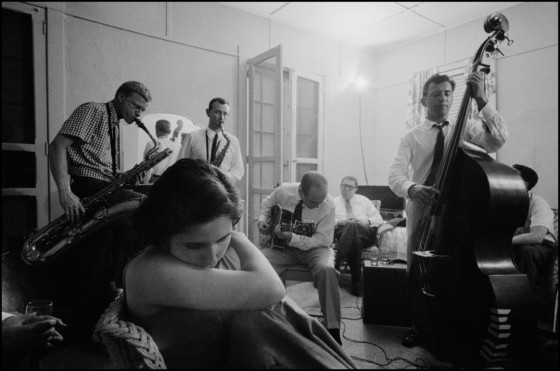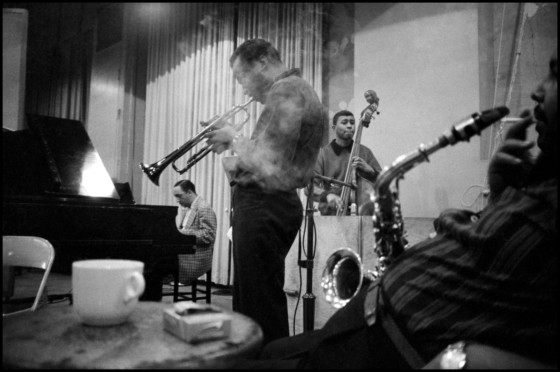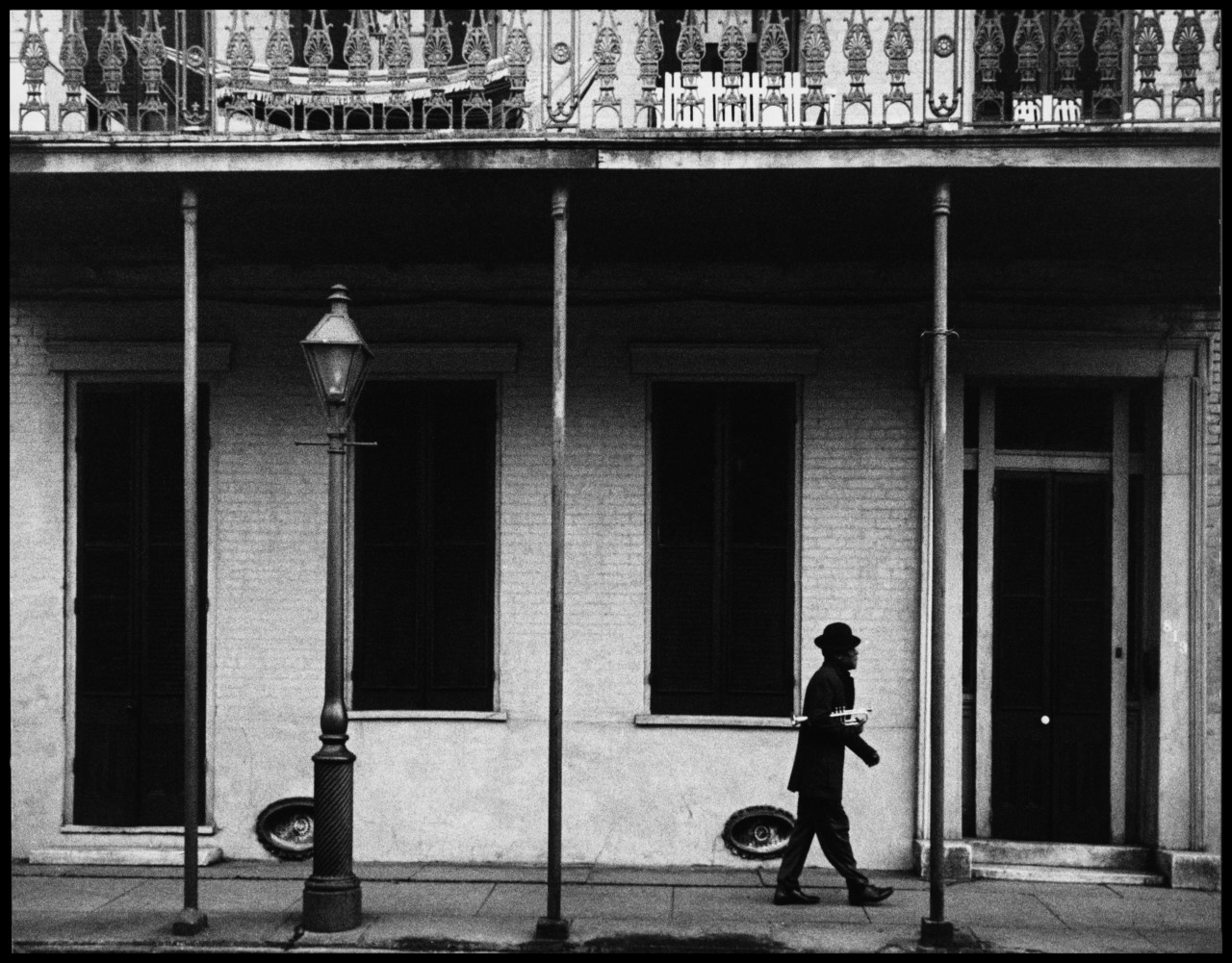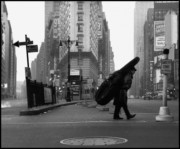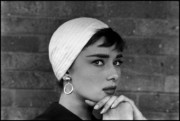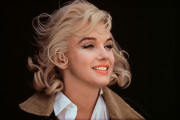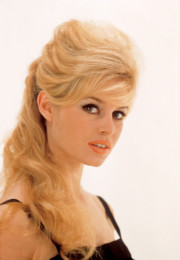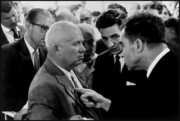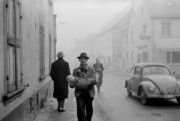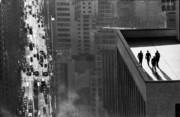Dennis Stock’s Jazz Street
Dennis Stock’s book evokes the improvisational spirit of the American Jazz scene in the late 1950s
Growing up in Upper Manhattan, close to Harlem, Dennis Stock was exposed to jazz at an early age. As a child, Stock would accompany his father to the famous Apollo Theatre in Harlem, where prominent jazz musicians of the time such as Duke Ellington and Dizzy Gillespie would perform. These experiences would prove to be formative, sparking an interest that he would later return to as a photographer. In 1957, Stock embarked upon a journey inspired by those early memories that would culminate in one of his best-known bodies of work: ‘Jazz Street’.
“I had a passion for jazz. I had listened and attended many jazz sessions from a child on. So I went out for three years and explored the world of musicians all across the United States and had a wonderful time. It was joyful. Just marvelous.”
Over the following years, Stock would go on to document the jazz community across the country, from its birthplace in New Orleans to the famous nightclubs of 1950s New York. Exploring not just the variety, but the reality of life in the jazz community at the time, he captured the energy of the live circuit from Newport Jazz Festival to The Savoy, as well as quieter, more candid moments at home and on the road with Louis Armstrong.
First, however, Stock needed to gain the trust of his subjects, who were not immediately receptive to the presence of an outsider. Gradually winning them over as he became increasingly immersed in the community, “their reactions moved from suspicion to acknowledgement, to curiosity, and finally to friendliness.” Although even then, his presence as a photographer came with certain conditions: “My job was respected with the reservation that it should not interfere with their own. Often I was obliged to accept a fleeting moment in a busy musician’s day. A moment can be enough.”
"It often happened quickly; the photographic decision, like the jazz decision, must be instantaneous."
- Dennis Stock
Stock’s patience and commitment were rewarded and during this period he photographed many of the genre’s most enduring names, including Louis Armstrong, Billie Holiday and Miles Davis, as well as many other influential musicians of the time whose names have since faded from popular consciousness. In these photos, Stock was led by the guiding force of jazz, finding the nature of the music analogous to photography in its immediacy and spontaneity.
“Improvisation, the essence of their art, dictated the form of this book. It often happened quickly; the photographic decision, like the jazz decision, must be instantaneous. I thoroughly enjoyed knowing the people. The artists who appear in this book. It is my intention that you have a comparable experience.”
"My subjects – the bikers, hippies, road people, artists – are simply people who have sought a less conforming way to explore this difficult life that we all lead."
- Dennis Stock
While Stock’s photographs captured the improvisational spirit of live performance, his documentation was not bound to the stage. ‘Jazz Street’ reflects his close relationship with his subjects, penetrating beyond the clubs and into the daily lives of this group of working musicians: close-up, contextualized within their families and homes, jamming after hours for kicks, working in smoky cellars and formal recital halls, commuting home from their jobs in the pre-dawn darkness. It was this broader fascination not just with the music but with a particular way of life that kept Stock interested, a common thread that can be traced through his career.
“My subjects – the bikers, hippies, road people, artists – are simply people who have sought a less conforming way to explore this difficult life that we all lead. It was my fascination with their ability to survive as individuals that kept my camera busy.”


